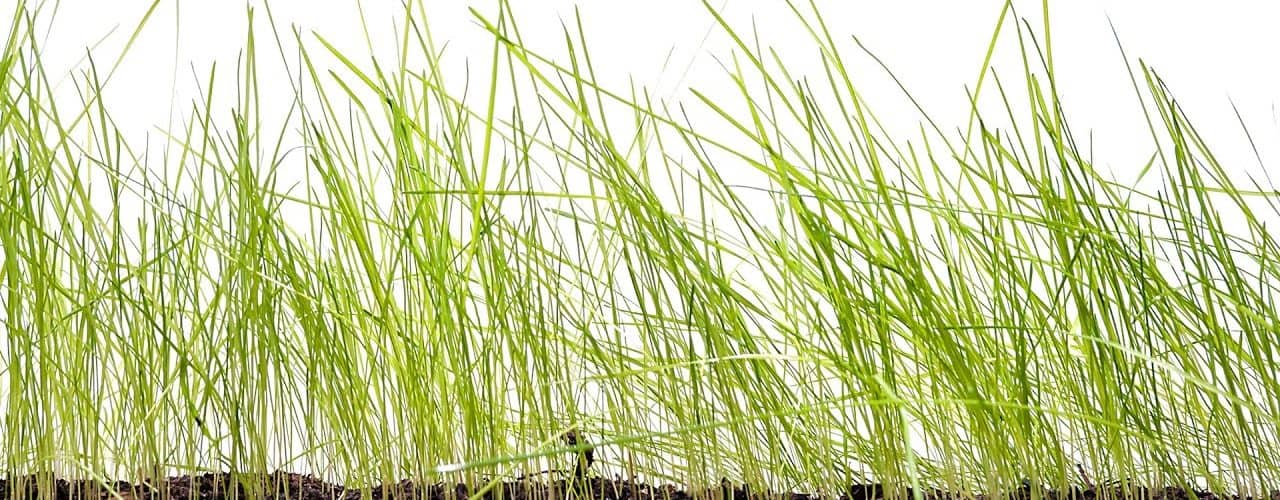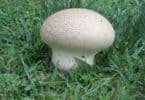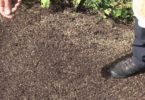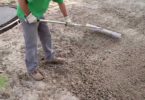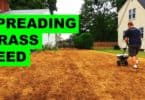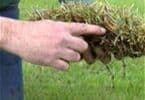Contents
Replanting New Grass Seed
Grass is a fast growing plant, but the exact rate at which it grows depends upon the type of grass used and the growing conditions.
Germination
Grass seeds usually germinate between seven and ten days after they have been sown, although it can take between three and thirty days.
Growth
A fast growing variety of grass sown under good growing conditions will produce a green covering in about a week, although it will not yet be properly established. Most varieties should produce visible results within about two weeks.
Grass takes several weeks or months to become fully established. Seeds sown in mid spring should be well established before the summer, while seeds sown at the beginning of fall should be growing well by the first frosts.
Growing Conditions
The speed at which grass seeds germinate and grow depends upon a number of environmental conditions, including:
- Temperature
- PH
- Soil type
- Availability of water
- Availability of nutrients
- Availability of light
- Pests
- Competition with weeds and other plants
Grass will grow faster when there is plenty of water, light and nutrition available. A warm temperature is best for growth, although if it is too hot it will slow growth. Grass should be sown during a mild and wet part of the year. The timing will depend upon the climate, but spring and fall are usually best for rapid growth.
Varieties
Different varieties of grass require different growing conditions in order to grow well. Grass seeds are usually sold in blends that are suited to particular environments. The best growth rates will be achieved when the blend is matched to the climate and other growing conditions.
Grass seed blends are available for different climates. Southern grasses including Bermuda and St Augustine are suitable for a warmer climate. Northern grasses such as rye and bluegrass are suitable for colder climates. Rye and Bermuda are two of the fastest growing grasses.
Blends are also available for areas that are brightly lit and those that are in the shade.
Grass seeds for ornamental lawns are finer, but slower growing than those intended for hard wearing lawns, which are suitable for areas that will be walked upon or used by children and pets.
Blends of grass seeds often contain some faster growing and some slower growing varieties. The faster growing ones protect the slow growing grasses as they establish themselves.
The nutritional content of grass can vary between different varieties. Grass seed blends are available that carry higher nutritional value and are, therefore, suitable for grazing.
Blends of grass seeds with other plants such as clover are also available.
Preparation and Aftercare
Strong, fast growth can be encouraged by providing the best possible growing conditions.
Before sowing the grass:
Remove old grass, weeds and large stones dig over the soil with a fork level the ground with a rake fertilize the soil a few days before sowing the seeds
After sowing the grass:
Gently rake and water the area immediately keep the soil moist as the seeds grow protect the seeds from birds, animals and people using fruit netting and canes remove any weeds before they have a chance to flower
The grass can be mowed for the first time once the grass reaches a height of two inches. Cut it back to a height of one inch and make sure you carefully rake up the clippings.
Alternatives
A faster alternative to growing grass from seed is to buy strips of sod or turf. These will provide immediate coverage, but are much more expensive than growing your own grass
<>

